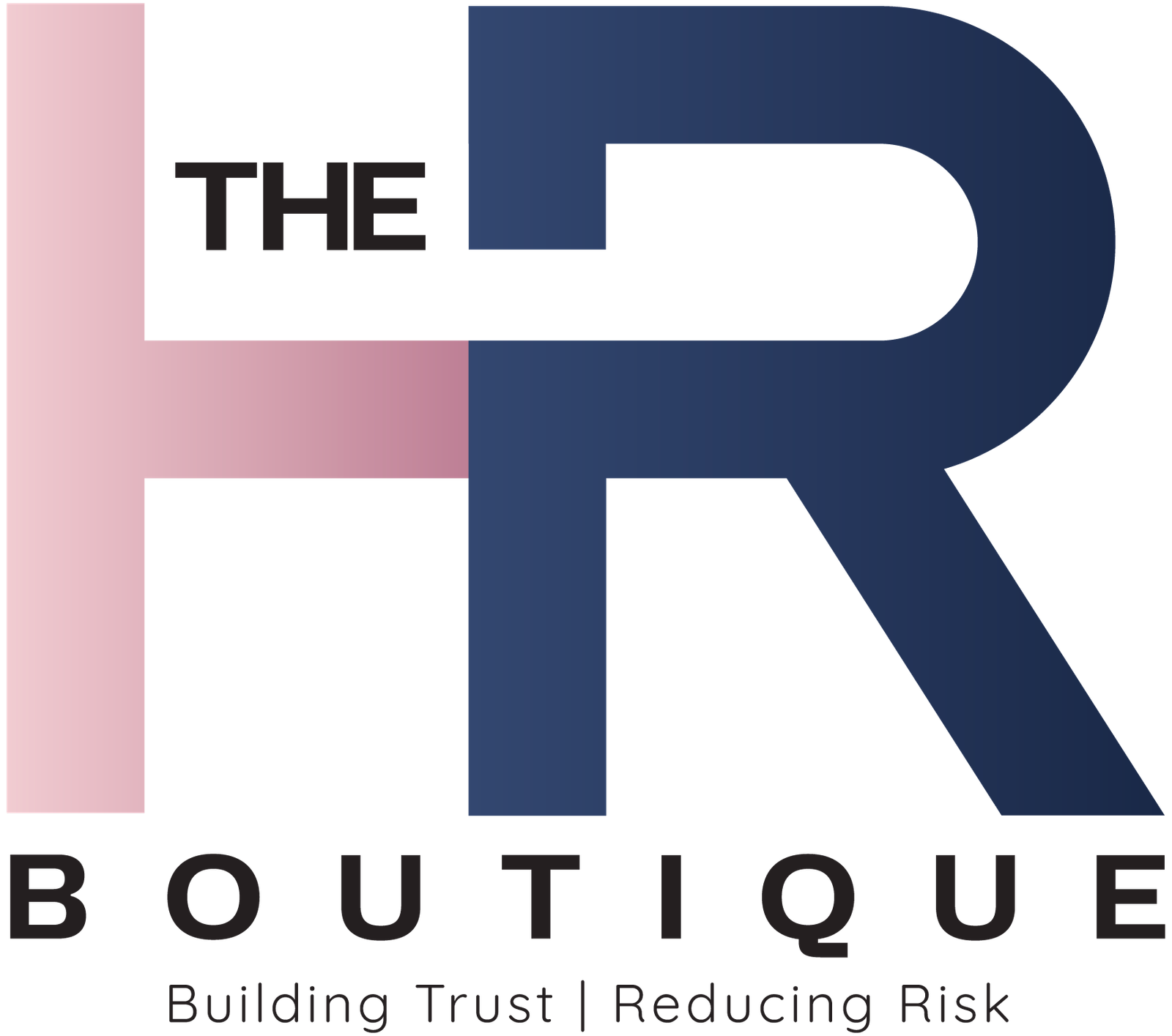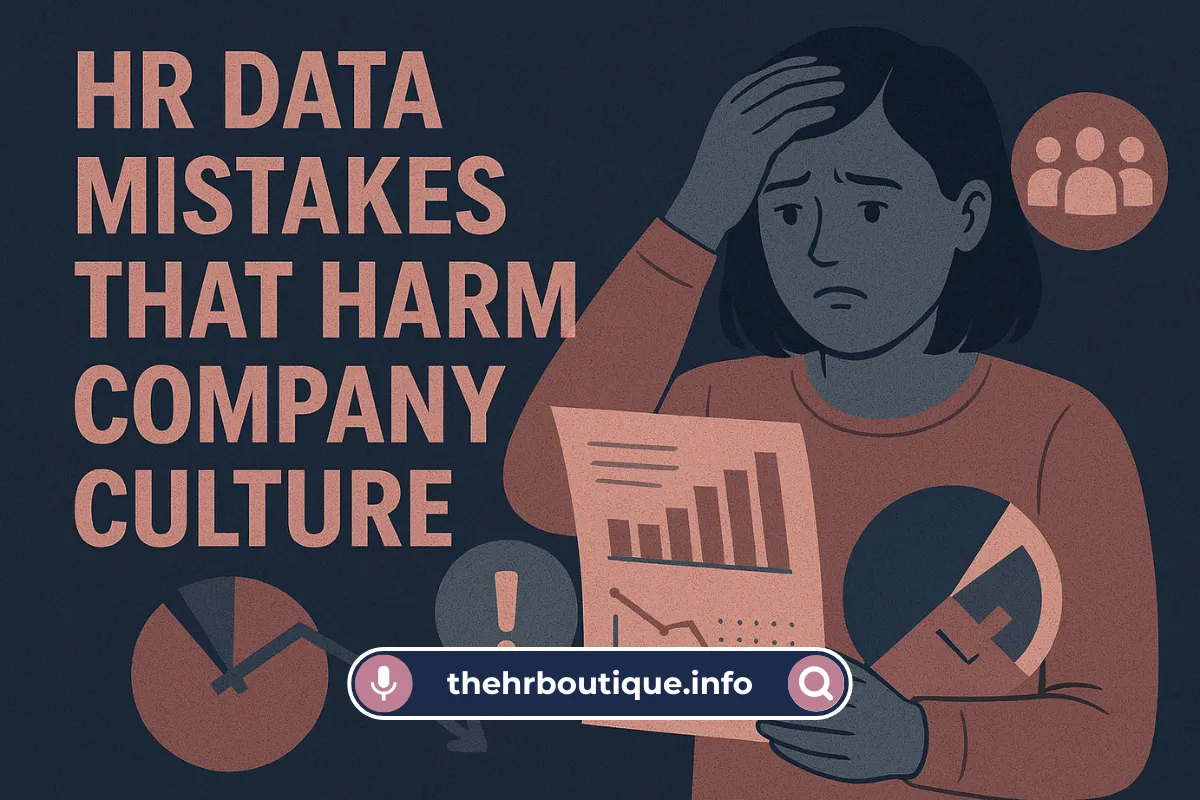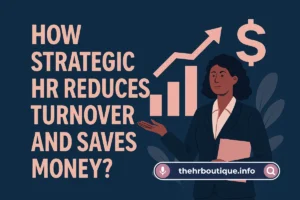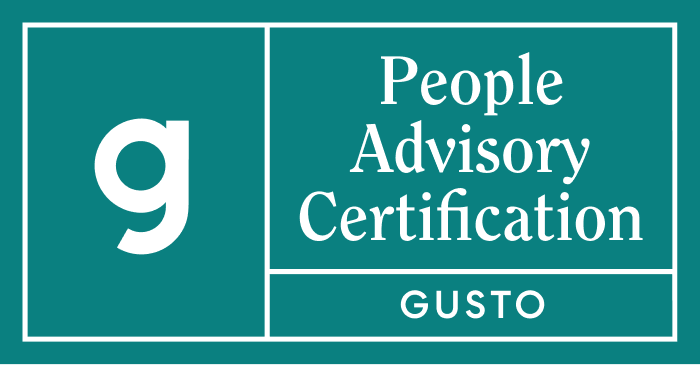Look, we all know HR is swimming in data these days. Turnover rates, productivity metrics, and even how often employees use the break room coffee machine. But here’s the uncomfortable truth – just because we can track something doesn’t mean we should.
I once worked with a company that used badge swipe data to rank “employee dedication.” Guess what happened? Parents who left at 5 PM to pick up kids got marked as “less committed.” That’s the kind of tone-deaf data use that destroys trust.
So, how do we train HR teams to use people analytics without becoming workplace supervillains? Let’s break it down.
Why This Matters More Than You Think?
Remember the Amazon recruiting tool that discriminated against women? Or the company that analyzed keyboard clicks to catch “slackers”? These aren’t hypotheticals – they’re real examples of people analytics gone wrong.
Here’s what’s at stake:
- Employees will quit if they feel like Big Brother is watching.
- Lawsuits happen when data reveals biases we didn’t mean to have.
- Your company culture becomes toxic when numbers replace common sense.
A VP once told me: “Our data says remote workers are 18% less productive.” My response? “Or maybe your office-centric culture just measures productivity wrong.”
The 5 Biggest Ethical Traps (And How to Avoid Them)
1. The “More Data Is Better” Fallacy
Just because you can track bathroom breaks doesn’t mean you should. HR teams need to ask:
- Does this actually help employees?
- Would I want this tracked about me?
- Could this data be misused?
Real example: A friend’s company installed seat sensors to monitor desk time. Morale plummeted when employees realized they were being treated like warehouse inventory.
2. When Algorithms Inherit Our Biases?
Machine learning doesn’t magically fix human prejudice – it amplifies it. If your promotion data mostly shows men getting raises, the algorithm will keep recommending men.
Training exercise: Have your team look at last year’s promotion data. Ask:
- Are certain groups consistently underrepresented?
- What human factors might the data be missing?
3. Privacy Lines That Keep Moving
Five years ago, tracking work emails seemed invasive. Now, some companies monitor keystrokes. Where do you draw the line?
A good rule: If you wouldn’t say it to an employee’s face, don’t track it behind their back.
4. Mistaking Correlation for Causation
Just because data shows something doesn’t make it true. I once saw a report “proving” that employees who ate lunch at their desks were more productive. Turns out they were just too overloaded to take breaks.
5. Forgetting the Human Behind the Data
The most dangerous phrase in HR analytics: “The numbers don’t lie.” Except they do – all the time. A low performance score might mean:
- Bad management.
- Personal struggles.
- Flawed metrics.
Not necessarily a bad employee.
Practical Training That Actually Works
Forget boring compliance lectures. Here’s how to make ethics training stick:
1. The “Would You Post It?” Test
Before using any data, ask:
- Would we post this analysis on the company bulletin board?
- How would employees react if they saw this?
If the answer makes you uncomfortable, don’t use it.
2. Bias Hunt Workshops
Take real (anonymous) HR data and have teams:
- Spot potential biases.
- Brainstorm alternative explanations.
- Design fairer metrics.
Pro tip: Bring in frontline employees to explain what the data might be missing.
3. Red Team Exercises
Split your HR team into two:
- One side defends a data-driven decision.
- The other plays skeptical employees.
You’ll quickly see which arguments hold water.
4. “Data Detective” Training
Teach HR to ask:
- Where did this data actually come from?
- What’s not being measured?
- What human stories might explain these numbers?
The Bottom Line
People analytics is like a power tool – incredibly useful but dangerous if mishandled. The best HR teams I’ve seen:
✔ Use data to help employees, not just monitor them.
✔ Always pair numbers with human judgment.
✔ Are transparent about what they track and why.
Remember: No algorithm can replace good leadership. The most important metric is still whether your employees trust you.
What’s the most questionable use of HR data you’ve encountered? I once saw a company analyze Slack emoji usage – let’s just say it didn’t end well…





